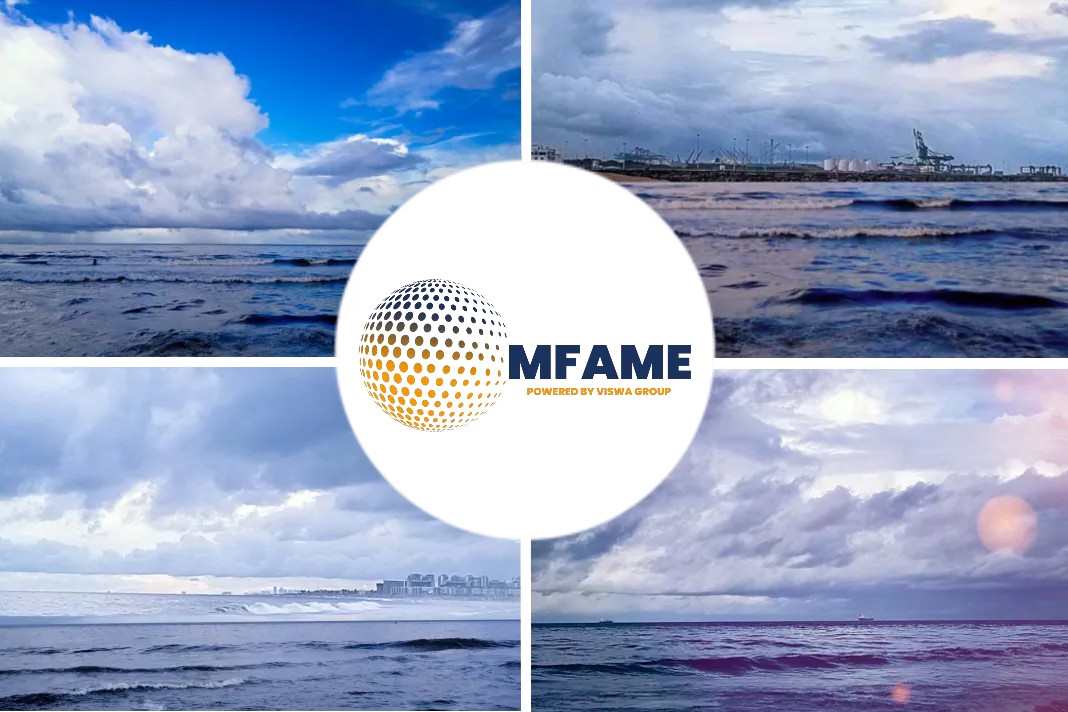- Global LNG markets were set to tighten over the next five years, driven by a slowdown in global LNG supply growth.
- But Europe’s market dynamics are turbo-charging the price recovery, with TTF currently trading close to US$9/million Btu, a level not seen since mid-2018.
Following the recent winter spot price spike in Asia, the European market has been sustaining global LNG prices, making the region a battleground for global LNG price formation, new research from global natural resources consultancy Wood Mackenzie found, reports LNG Industry.
LNG Short-Term Head’s Inference
Robert Sims, Head of LNG Short-Term, Gas and LNG Research, said: “Post-pandemic demand recovery, limitations on Russian pipeline exports and unseasonably cold weather, particularly in April, all contributed to a tighter market, pushing European storage levels down to multi-year lows.”
“But the key dynamic for the price surge has been the strengthening economics of coal-to-gas switching. Since November last year, carbon prices and coal prices have increased by 33% and 26%, respectively, which alone have pushed European TTF gas prices up by US$3/million Btu.”
Asia’s LNG Demand
Sims said the Asian market is also tightening. Demand for LNG restocking in north-east Asia was particularly strong in first quarter, and is still far below levels seen at this time last year. Restrictions to coal usage see increasing volumes of gas burns in the power sector in South Korea and Taiwan.
Demand across south Asia and south-east Asia has either rebounded or started to grow again.
Strong Growth in Asia
He added: “But China is where much of the growth is currently materialising, with coal-to-gas switching policies gathering pace, resulting in a demand surge of 2.2 million t since the beginning of the year, 8% more than in 2020. We expect this strong growth to continue as domestic production growth continues to lag behind domestic demand growth.”
“Strong Asian LNG demand means that the Japan spot price is now trading over US$10/million Btu for deliveries in June, a premium in excess of US$1.5/million Btu over TTF.”
Global LNG Supply
Market dynamics will remain tight throughout the rest of the year. Global LNG supply will be stronger this summer compared to the same period last year 2020, some additional 16 million tpy supported by full utilisation of US LNG.
LNG Prices Surge
However, demand for restocking and strong coal-to-gas switching economics will support European prices through the summer – with European carbon prices being the single biggest risk to prices.
Sims said: “Winter will see market dynamics getting increasingly tighter. Lower winter starting inventory in Europe, combined with high seasonal Asian demand, will result in increased competition for Atlantic LNG, including from the US, putting pressure on LNG prices. A repeat of last year’s extreme price crunch in Japan isn’t expected, but cannot be entirely ruled out.”
Market Dynamics Analysis
“However, market dynamics will soften in 2022. LNG demand growth in Asia will slow down as the economic recovery decelerates, coal and nuclear capacity will increase in Japan and South Korea and more offshore domestic supply will be available in India. LNG demand in Asia will increase only by 12 million tpy in 2022, compared to 19 million tpy in 2021.”
At the same time, global LNG supply will grow by 18 million tpy, supported by the commissioning of Sabine Pass T6, Calcasieu Pass and Tangguh LNG T3. As a result, there will be more LNG available for Europe – 6 – 7 million tpy, or 9% more than in 2021, Wood Mackenzie states.
European LNG Prices
But the key element that will shape market dynamics in Europe throughout 2022 will be the ramp up of the 55 billion m3 per annum Nord Stream 2 pipeline from Russia to Germany, now expected to be commissioned this winter. Next summer TTF prices could be below US$6.5/million Btu, some 30% lower than this summer.
LNG Supply Market Predictions
According to Wood Mackenzie, prices might soften in 2022, but market fundamentals point towards a further tightening of the global LNG market through to 2025. With LNG demand in Asia continuing to increase and global LNG supply growth set to slow down, competition for Atlantic LNG will intensify, reducing LNG availability to Europe.
And with carbon prices remaining high, supporting demand, and domestic production continuing to decline, Europe will increase its reliance on Russian pipeline gas. The global gas/LNG oversupply that has affected the market since the end of 2018 has now come to an end – at least until the next wave of post-FID LNG supply comes to market post 2025.
Did you subscribe to our daily newsletter?
It’s Free! Click here to Subscribe!
Source : LNG Industry


















